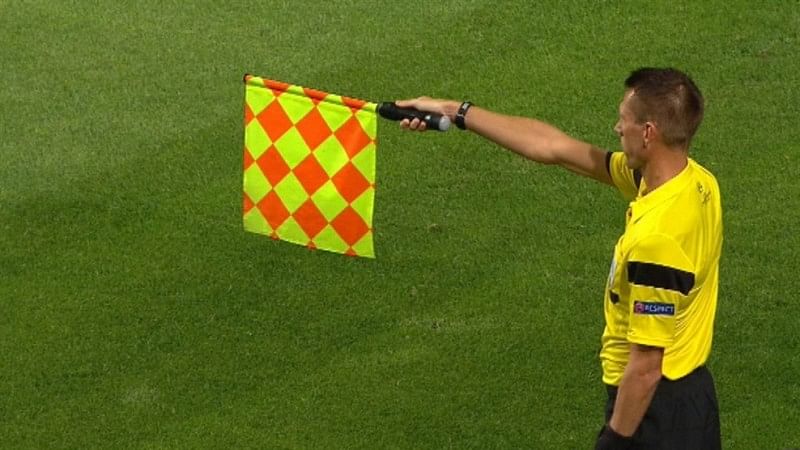
5 Cleverest offside traps in modern day football
The linesmen cannot afford to lose concentration at any given momentThe offside can be the most contentious and difficult decisions to make in modern day football. The linesmen cannot afford to lose concentration at any given moment as they have to accurately judge the position of the attacker when he receives a forward pass from his team-mate.Even though majority of the decisions over the years have seen the correct calls being made, there have been some glaring ones, which have not only deprived teams of some crucial wins, but also the linesmen of their jobs.As per the recent official FIFA 'Laws Of The Game' document, a player is in the offside position if he is nearer to his opponent's goal line than both the ball and the second-last opponent. To make it simple, you cannot have a striker lurking between the defensive line and the goalkeeper when a ball is played to him as he would be considered inactive in the field of play and hence deemed offside.The offside rule was adopted in football during the latter half of the 19th century to make the game more quick and exciting and prevent strikers from collecting long balls conveniently to score goals at will. One of the most discussed and, at times, most confusing rule in football, the offside rule has undergone a variety of changes over the years.The evolution of this rule has led to some shrewd managers and players using this fascinating aspect of the game to their advantage. Let us have a look at some of the smartest offside traps set by teams that have baffled opponents and successfully prevented them from finding the back of the net.
#5 Playing the high-line
This technique is one of the most common yet the trickiest offside traps to be implemented in modern day football. It involves playing a high defensive line, where you are giving less space and less time to your opponent in your half. This made sure that the opponent passes the ball more quickly than they normally would, thus giving away possession on many instances.
Not only this, with such a high line, you can easily trap forwards who are trying to lurk behind the defence whenever they sense a long ball from their team-mates. This defensive trap is an extremely effective one and should be implemented only when there some fast defenders in your team.
Otherwise, in situations where a clever run from the attacker has negated the high-line, theslow any lagging defenders would be unable to retreat back in time, getting the goalkeeper exposed to a dangerous one on one situation. Italian giants AC Milan, one of the pioneers of the Catenaccio style, had successfully implemented this useful technique on more than one occasion as shown in this video.